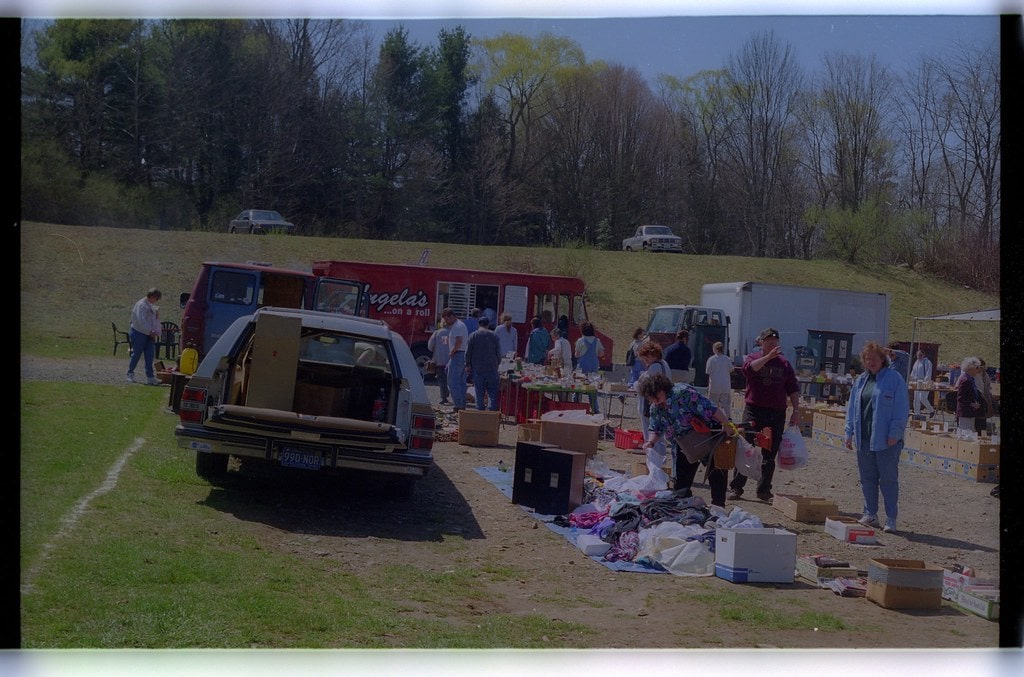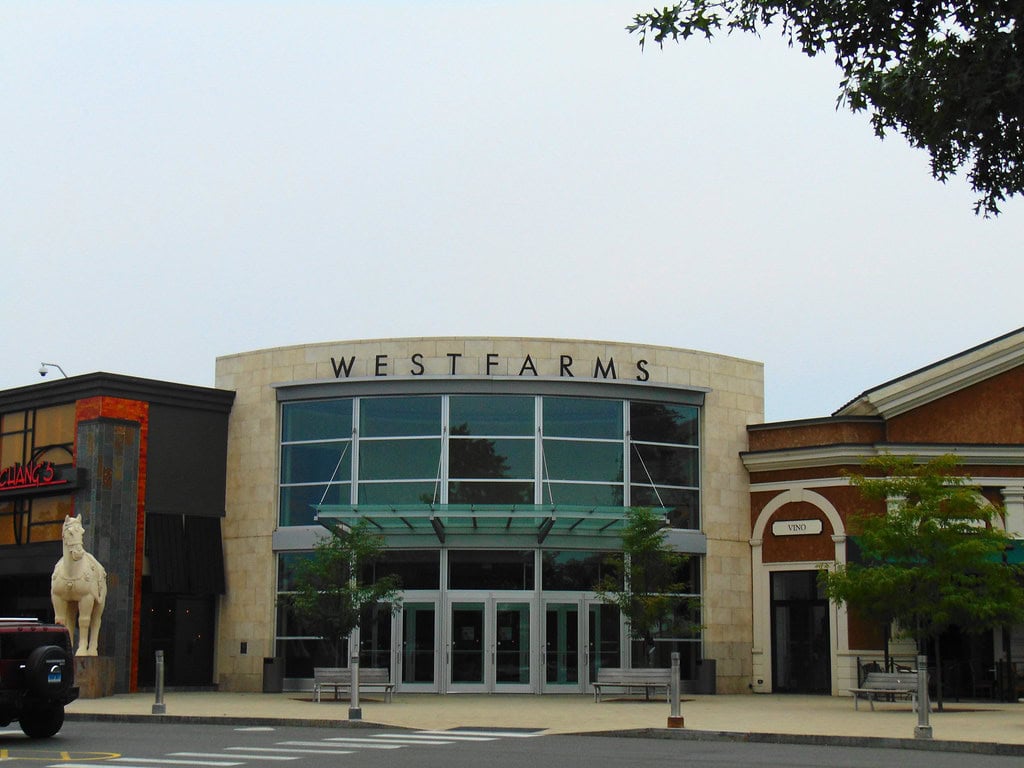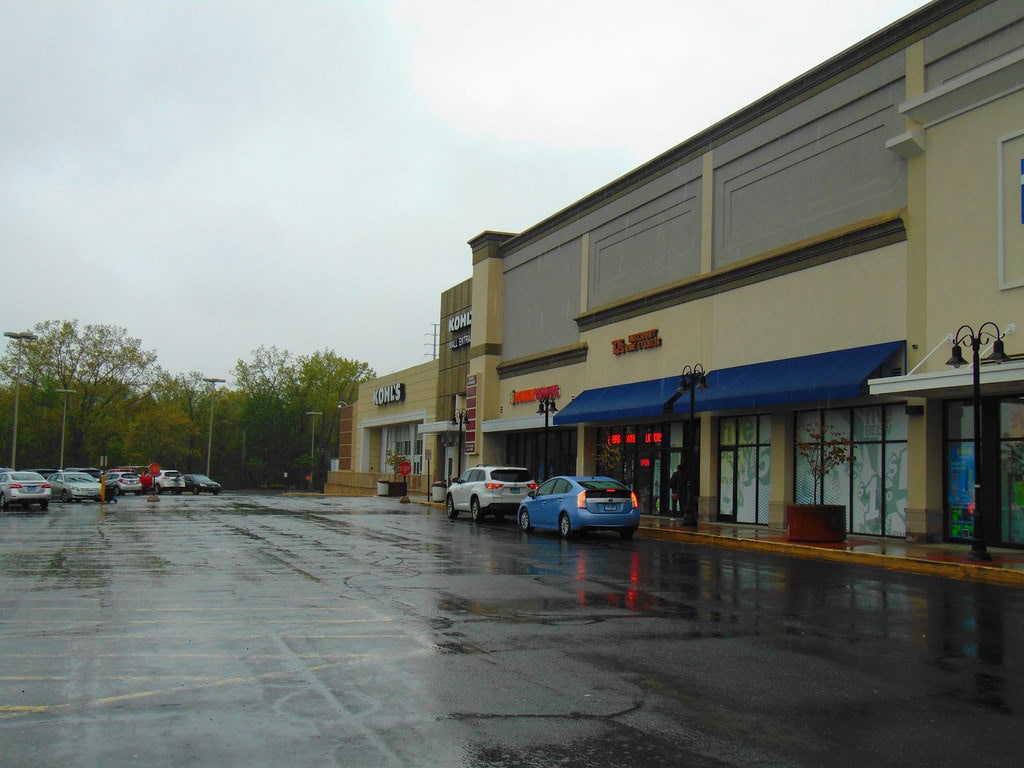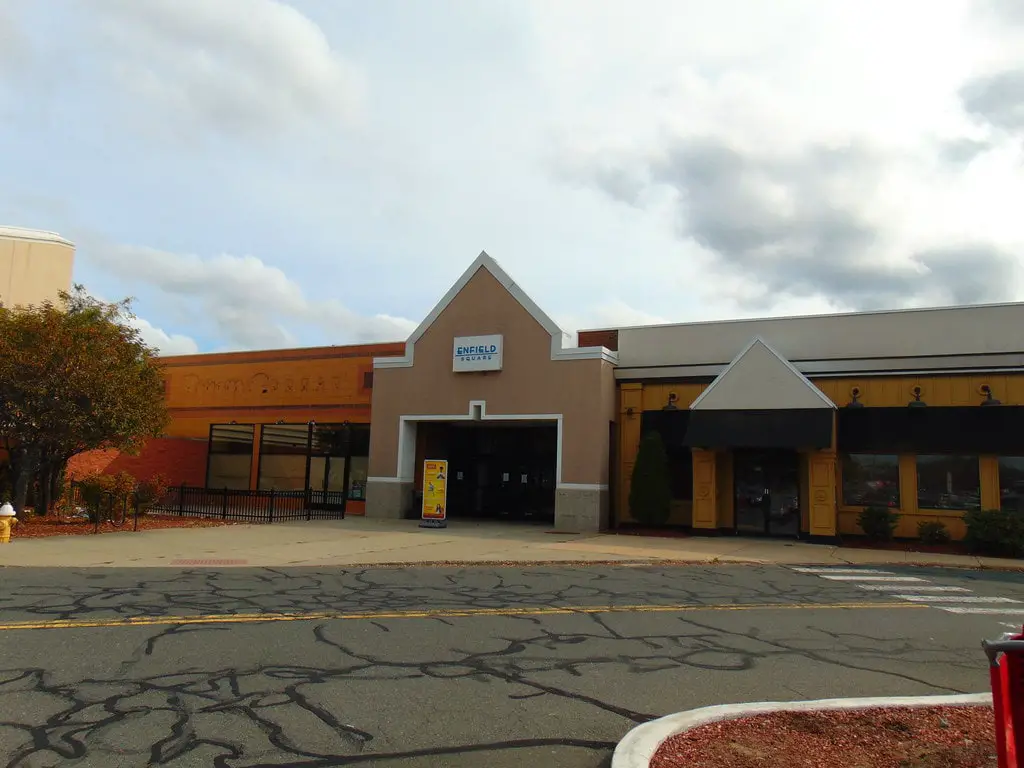Beginnings and Growth in Woodbury
The Woodbury Flea Market began in the 1960s, right as Connecticut's antique scene was taking off.
Located in Woodbury, the state's so-called antique capital, it quickly became a go-to spot for collectors, bargain hunters, and vendors.
It is located along Route 6, a busy road connecting major parts of the state, and benefits from steady traffic.
Unlike antique shops, this open-air market lets independent sellers deal directly with customers, creating a more casual and interactive shopping experience.
For more than 40 years, Don and Diane Heavens ran the market, turning it into a well-known spot for second-hand goods, vintage finds, and collectibles.
Under their ownership, it grew to include a wide range of vendors selling everything from furniture to records.
Regulars knew it as a place where they could haggle over prices, stumble upon rare pieces, or simply enjoy the social scene.
Many sellers came back year after year, bringing fresh inventory each season.
By the 1980s, flea markets had taken off across the country, and Woodbury's had built a strong reputation in New England.
Antique dealers from New York, Massachusetts, and Rhode Island frequently stopped by, hoping to find pieces to resell in their shops.
While the market always had a mix of items, its antiques were the main draw. Woodbury, already home to multiple antique stores, gained even more recognition as a result.
Local event listings often featured the flea market alongside stops at nearby antique shops.
The setup was simple: vendors rented spaces set up tables or tents and sold independently.
Some showed up every week, while others rotated in and out. Unlike indoor antique malls, where items were neatly displayed, shopping here meant digging through piles and scanning tables to find the best deals.
That unpredictability - never knowing what might turn up - kept people coming back.
Through the late 1990s and early 2000s, the market continued to draw steady crowds.
Regulars looked forward to seasonal openings, and weekend visitors mixed with out-of-towners searching for antiques, oddities, and collectibles.
Expansion and Competition
By the early 2000s, the Woodbury Flea Market had built a strong reputation in Connecticut's antiques and second-hand scene.
It stuck to its Saturday schedule, drawing in collectors, casual shoppers, and resellers hunting for inventory. Business was steady, but competition was ramping up.
Other flea markets in the state, like the Elephant's Trunk Flea Market in New Milford and the Redwood Country Flea Market in Wallingford, were also drawing large crowds.
Each market had its approach - some focused on carefully curated antiques, while others leaned into general resale.
Woodbury kept its appeal by offering low vendor fees and a relaxed, open-air environment.
The lack of rigid vendor contracts gave sellers more flexibility, which kept inventory fresh and unpredictable.
The real estate boom of the early 2000s also contributed. As home prices soared, demand for vintage furniture, decorative pieces, and affordable home goods increased.
Shoppers at Woodbury hunted for rustic farmhouse tables, antique chairs, and unique accent pieces.
Many of these finds were refinished and resold in high-end antique shops across New England.
Buyers from New York City made the trip, looking for deals to furnish their homes and apartments.
Meanwhile, websites like eBay and Craigslist were reshaping how people bought and sold second-hand goods.
Some vendors saw an opportunity and used these platforms to boost their in-person sales, while others worried that online shopping would deplete the market.
Still, nothing could replace the thrill of hunting for treasures in person, haggling over prices, and stumbling upon an unexpected gem.
Adapting to the Digital Age
As eBay, Facebook Marketplace, and Etsy gained traction, Woodbury Flea Market faced new challenges.
Shoppers could now browse thousands of listings from their phones, making the weekend treasure hunt less essential.
Some long-time vendors adjusted their pricing and inventory to compete with online sellers.
Others focused on what the internet couldn't offer: bulk deals, rare finds, and large items that were difficult to ship, like furniture and glassware.
In the 2010s, cash was no longer king. More buyers wanted to pay with credit cards or mobile apps, but most vendors still stuck to cash-only sales.
Some adjusted by using mobile card readers like Square, while others resisted the change.
This shift gave an edge to sellers who kept up with technology, while others found it harder to keep up with modern shopping habits.
Shifts in real estate had an effect, too. As property values changed in the mid-2010s, fewer people were decorating their homes with antiques.
Minimalist design trends also pushed traditional furniture out of favor. Still, the rise of DIY projects and repurposed decor kept some interest alive.
Vendors adjusted by offering painted and refurbished pieces, appealing to younger buyers who wanted something different for their homes.

The Pandemic and Post-2020 Adjustments
When COVID-19 hit in early 2020, the Woodbury Flea Market had to close like many other businesses.
State restrictions kept it shut for months, leaving vendors without their usual weekend income.
Even after reopening, some sellers were hesitant to return, unsure if enough shoppers would show up to make it worthwhile.
New precautions changed how the market operated. Some vendors limited customer interactions, required exact cash payments, or switched to mobile transactions.
Booths were spaced out to allow more room for shoppers. Attendance was slow at first, but by 2022, outdoor shopping became popular again.
Many preferred open-air markets to crowded indoor stores, which helped bring vendors and customers back.
In recent years, second-hand shopping has gained new appeal. Rising retail prices, supply chain issues, and an increased interest in sustainability have led more people to flea markets.
Woodbury vendors responded by stocking more practical items - kitchenware, tools, and home essentials - alongside their usual antiques and collectibles.
Despite the shifts in shopping habits, Woodbury Flea Market continues to operate.
The mix of vendors, ever-changing inventory, and the appeal of in-person bargain hunting have kept it going, even in an unpredictable economy.










